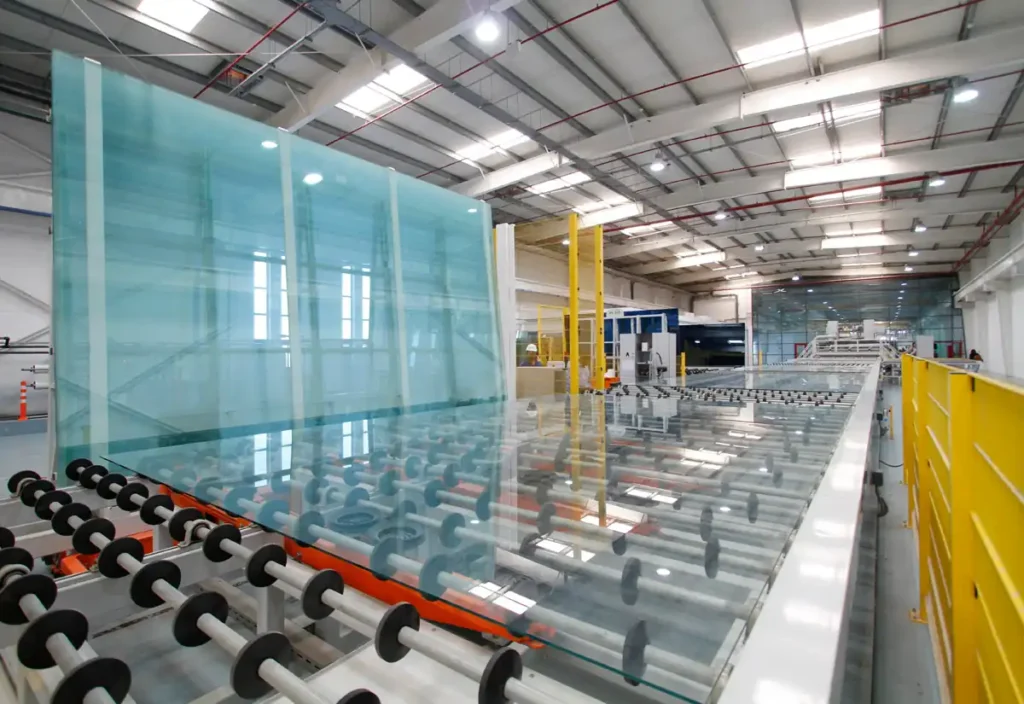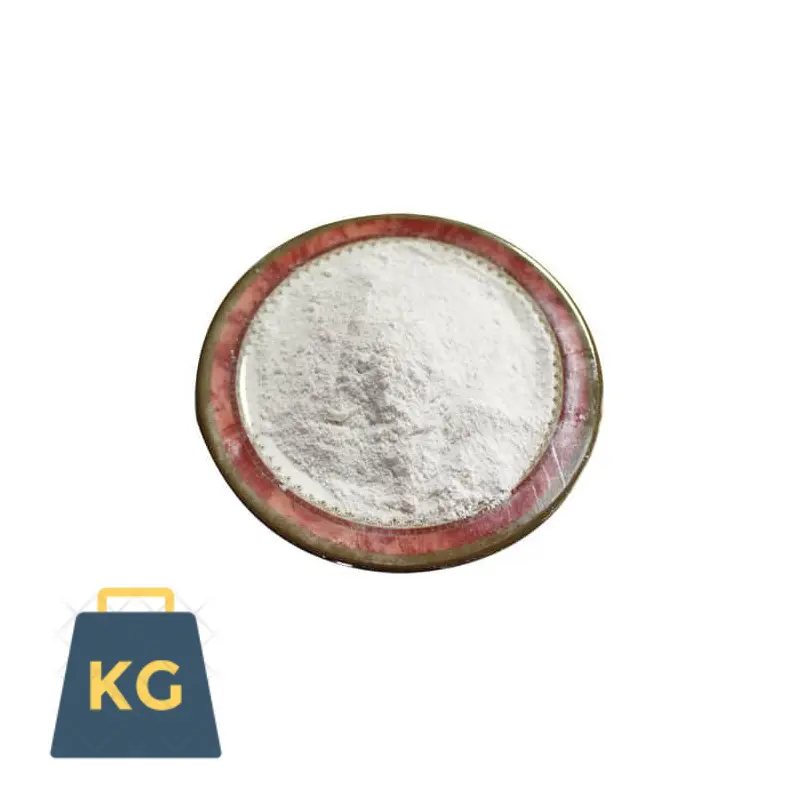
Improve chemical stability:
Heavy magnesium oxide can improve the chemical stability of glass and reduce its tendency to crystallize, thus reducing the tendency of glass to lose permeability and crystallization speed.
When replacing calcium oxide with magnesium oxide, the crystal vanishing temperature can be significantly reduced, which has a positive effect on improving the thermal stability of the glass.
Enhancement of mechanical strength:
The addition of heavy magnesium oxide can promote the growth of crystals and the formation of specific crystalline phases in microcrystalline glass, thus increasing the density of the material, reducing internal defects, and significantly improving the bending strength, compressive strength and hardness.
The interface between the crystal phase and the glass phase is more closely combined, effectively preventing the expansion of cracks and improving the fracture toughness of the material.
Regulate viscosity:
Heavy magnesium oxide has a complex effect on the viscosity of glass. It will reduce the viscosity of the glass liquid when it is lower than 900℃; it will increase the viscosity in the interval of 900-1200℃; it will reduce the viscosity again when it is higher than 1200℃.
By reasonably controlling the amount of magnesium oxide added and the preparation temperature, the processing properties and quality of the glass can be optimized.
Enhancement of optical properties:
Although the main application field of microcrystalline glass is not optical material, the addition of MgO can regulate its optical properties to a certain extent.
By controlling the content of MgO and heat treatment conditions, the size, distribution and type of crystals in microcrystalline glass can be regulated, which in turn affects its optical parameters such as light transmission and refractive index.
Optimization of thermal and chemical stability:
The addition of heavy magnesium oxide further promotes the formation of crystals, so that the microcrystalline glass can maintain good structural stability and thermal stability at high temperatures.
The introduction of MgO enhances the resistance of the microcrystalline glass to corrosive media such as acids and alkalis, mainly because MgO can participate in the formation of stable crystal phases, which have lower solubility and higher chemical inertness.
Broadening of application areas:
The addition of heavy magnesium oxide significantly improves a number of properties of microcrystalline glass, laying a solid foundation for its application in a wider range of fields.
In the field of building materials, high-performance microcrystalline glass can be used to make high-grade decorative materials, kitchenware panels, etc.; in the machinery manufacturing industry, its excellent wear resistance and mechanical properties make it an ideal material for the manufacture of bearings, cutting tools and other components; in the electronic information industry, through the adjustment of its optical and electromagnetic properties, the microcrystalline glass is expected to show a new application prospect in the optoelectronic devices, electromagnetic shielding materials and other aspects.
In summary, the application of heavy magnesium oxide as a clarifier in the glass industry not only improves the performance and stability of glass, but also helps to reduce costs and improve production efficiency. With the progress of science and technology and changes in market demand, the application prospect of heavy magnesium oxide in the glass industry will be more broad.

